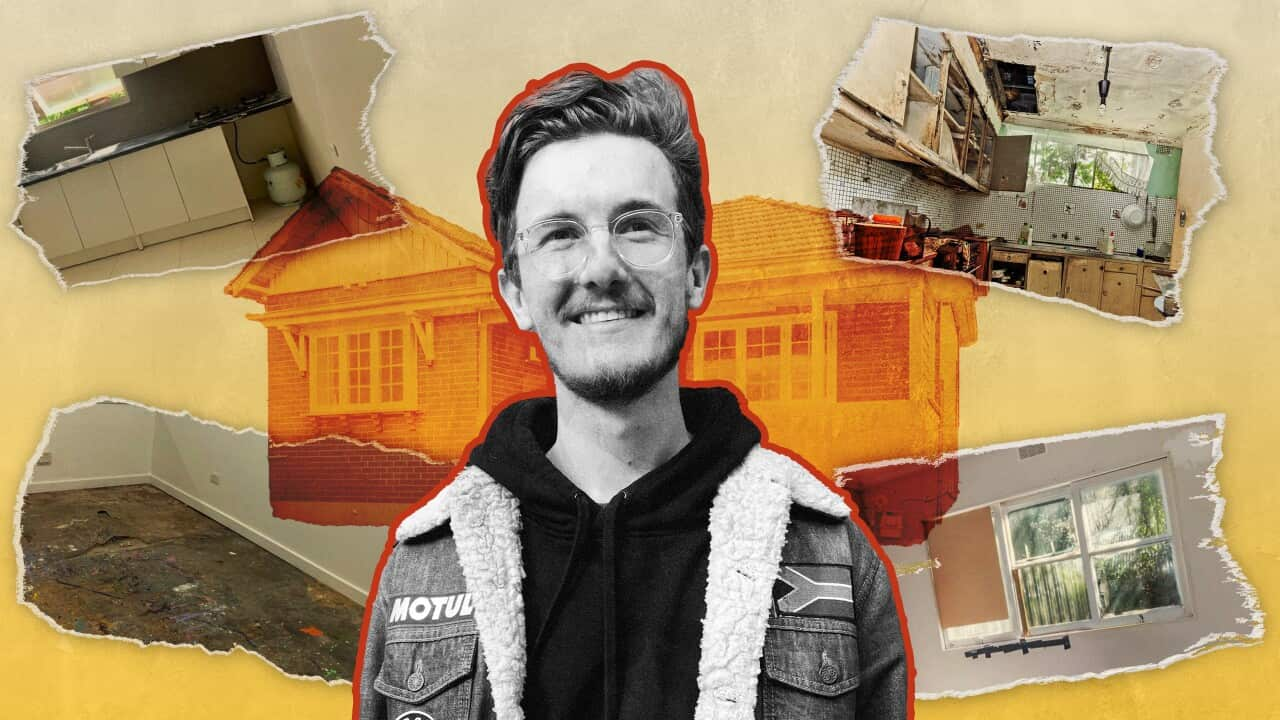Key Points
- Housing stress is growing in Australia, a new report has found.
- Lower income households are paying up to 51.6 per cent of their income on rent.
- The national vacancy rate is at a record low of 1.1 per cent.
Renters are handing over nearly one-third of their income to service a new lease as prices continue to skyrocket.
The portion of income going towards rent has reached its highest level since 2014, according to new analysis by ANZ and property data firm CoreLogic.
The report found the median income household would need to part with 30.8 per cent of their income to service a new lease.
The picture is much bleaker for lower-income households, with those in the 25th percentile income level dishing out 51.6 per cent of their income.
This puts this cohort firmly in housing stress as commonly defined by the "30/40" rule, which is where the lowest 40 per cent of income earners are spending more than 30 per cent on housing.
The report noted that there has always been a big difference in housing affordability for median and low-income renters but this gap was getting wider, suggesting poorer households have been hit much harder by rising rents.
CoreLogic Australia head of research Eliza Owen said there had been some "extraordinary shifts" driving up demand for rentals, including that there were now fewer people per home and overseas migration had returned with a bang.
And on the other side of the ledger, investor conditions had not been ideal and stemmed the flow of new rental supply.
"As rents have risen sharply, the increase in the cash rate, and pressures in the construction sector have slowed the rate of dwelling completions," she explained.
However, Ms Owen said an uptick in investor borrowing suggested more rentals are coming but would take some time to materialise.
At 1.1 per cent nationally, rental vacancy rates are well below the three per cent decade average.
New listings also remain well below average.
ANZ senior economist Felicity Emmett said the period of economic uncertainty was also weighing on sales in the private market and leaving more people in the rental market.
"Paired with a decline in social housing, rental demand pressures are being felt in all income brackets," Ms Emmett said.











